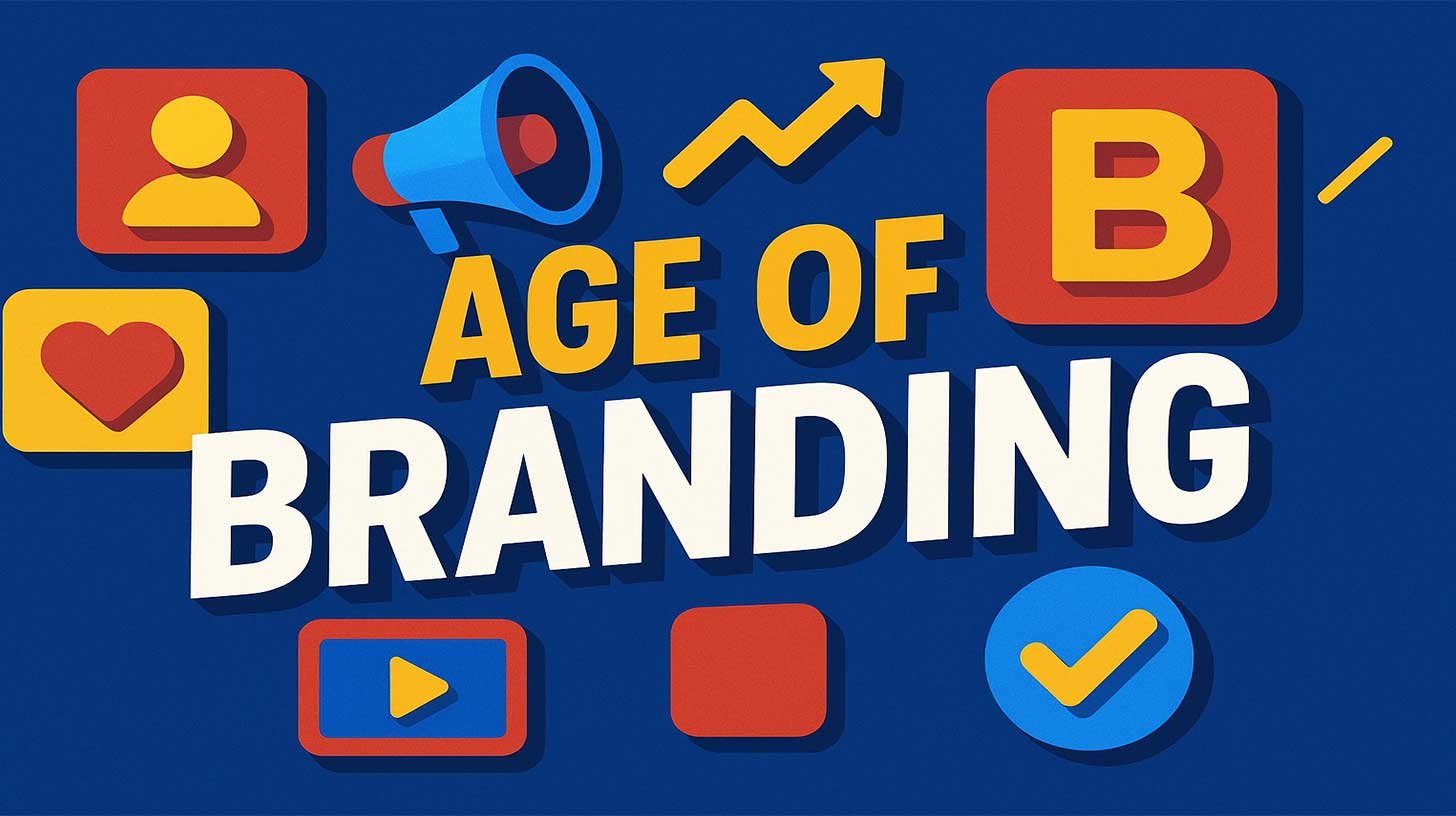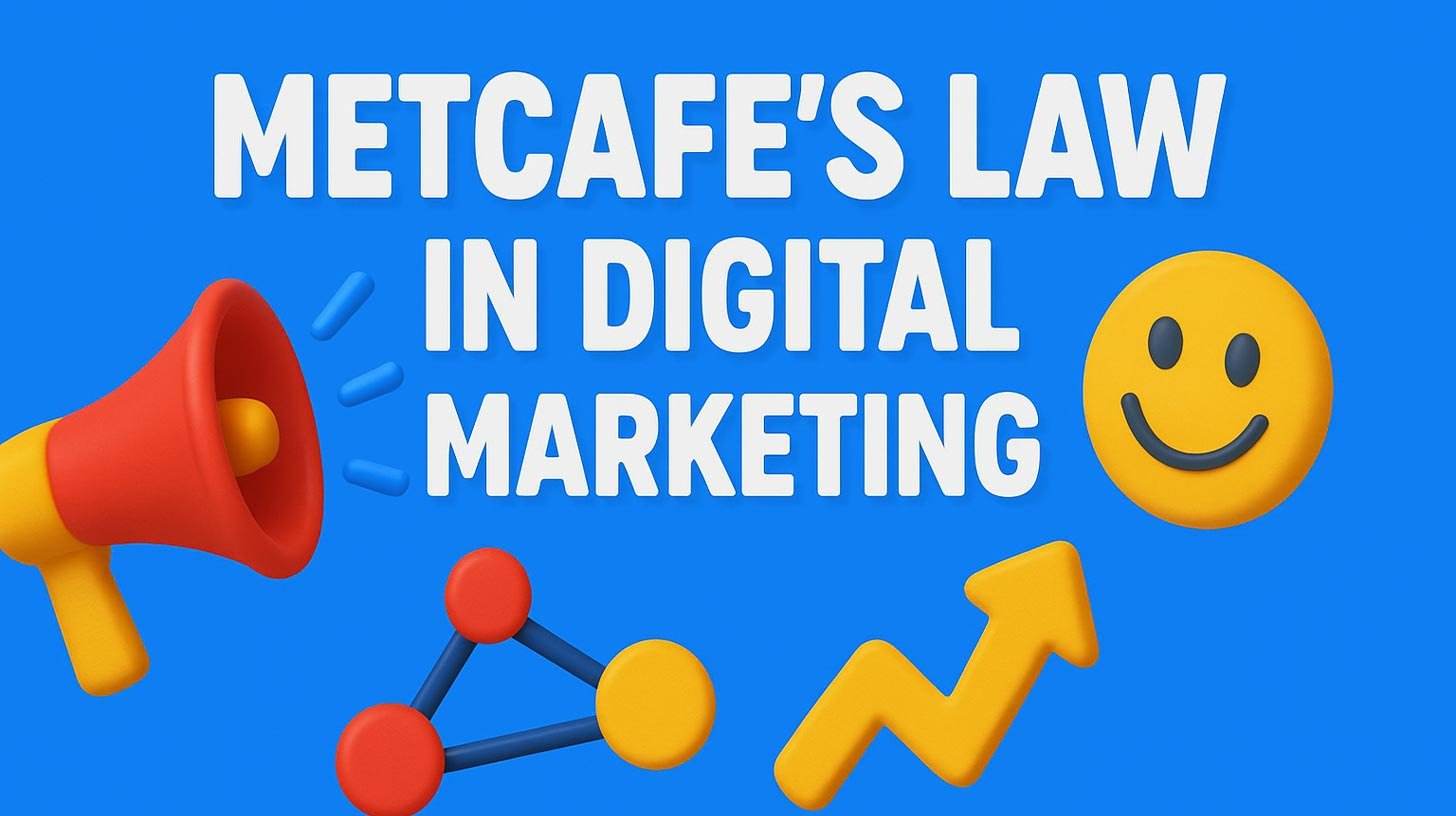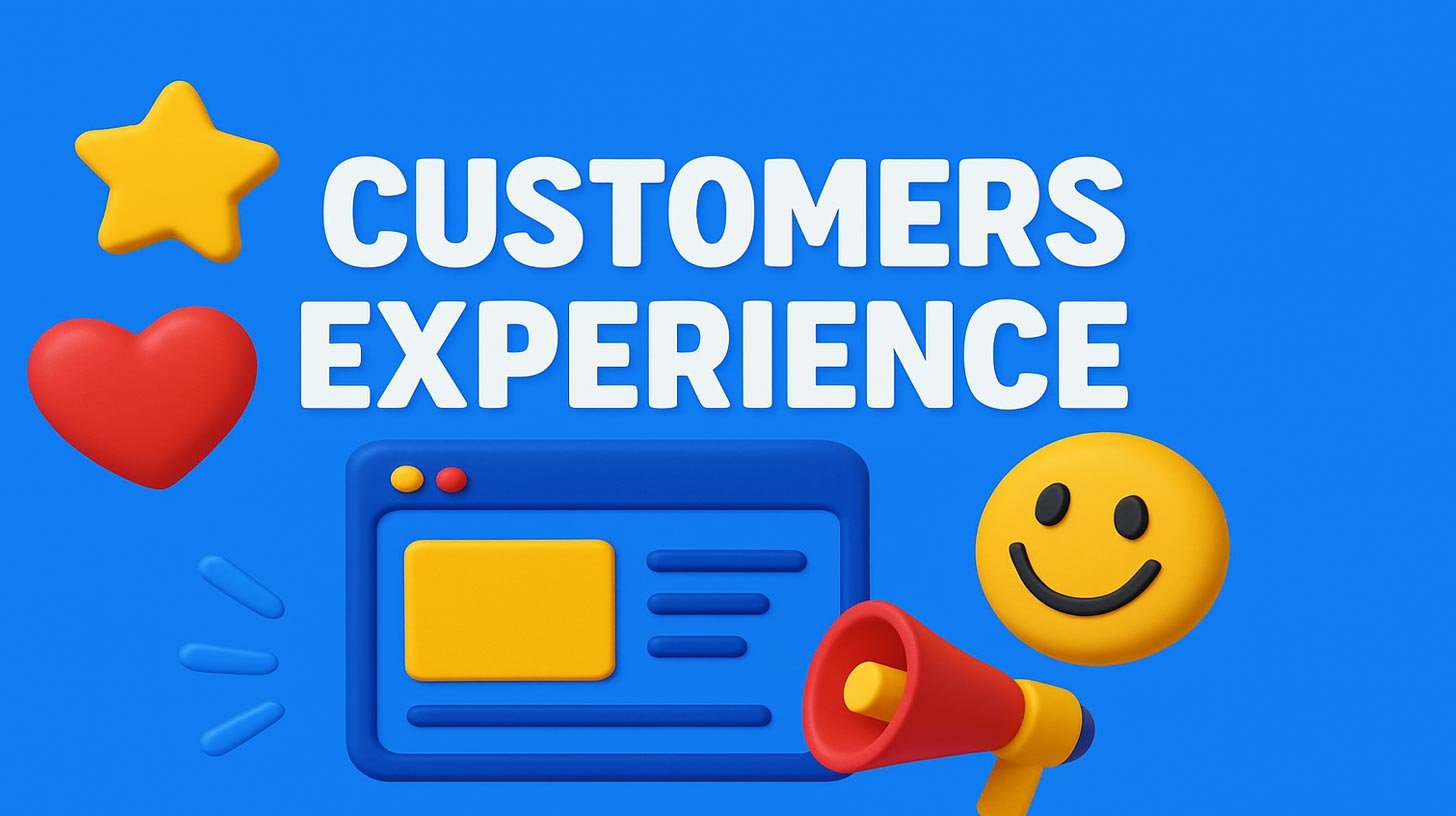Business owners, listen up: you may believe that content is enough to win. In the age of seemingly endless information, you could be forgiven for thinking that producing more blog posts, more videos, more social updates will secure your future. But here’s the truth: in the coming Age of Branding, simply having information or content won’t cut it. You must become a brand — a name people trust, wait for, talk about — because the era of content supremacy is shifting, and the new frontier is branding.
The Ages of Human Economy and Culture
-
Agricultural Age – In this period, humans worked land and cultivated resources. Value was created through physical labor, local production and direct exchange of goods.
-
Industrial Age – Factories, machines, mass production. The scale of output grew dramatically and physical goods became more ubiquitous.
-
Information Age – The rise of computers, networks, the internet. Information became a key asset; companies that could leverage, distribute or manage information had the advantage.
-
Artificial Intelligence Age – We’re entering (or in early stages of) an age where AI-driven tools, data-driven automation, and smart algorithms transform the means of production, distribution and influence.
-
Age of Branding – And now we argue that what’s next is the Age of Branding: where the differentiator is not just content or information, but brand identity, trust, recognition, and emotional connection.
Why Branding is Coming to the Fore
From Information Age to AI Age
In the recent past during the Information Age, power belonged to those who had more information. Big corporations, Hollywood studios, major news agencies — they held gatekeeper roles. The famous essay by Bill Gates titled “Content is King” laid this out clearly:
“Content is where I expect much of the real money will be made on the Internet … One of the exciting things about the Internet is that anyone with a PC and a modem can publish whatever content they can create.” UNFAP Kyrgyzstan+2Medium+2
So: Information + content = power.
But then the Internet penetrated deeply. With broader access, more people could publish, more businesses (even small companies) could compete in terms of producing better content. This is when content marketing for small businesses became viable: small players could create content, publish on social, build audiences.
Why Content Alone Declines in Value
Now we’re shifting into the AI Age: tools exist that allow even smaller businesses to access massive resources, generate high-quality content, produce at scale. As a result: content becomes abundant. When supply grows massively, value per unit drops. Everyone can create content; many create content. So content alone no longer sets you apart.
More importantly: What kind of content stands out now? Not just any content — content from a recognised brand, from a trusted source, or from a storytelling medium people seek out. For example: no matter how many films there are in the world, when Disney announces a new movie everyone sits up and pays attention. Because Disney is a brand.
Enter the Age of Branding
Therefore, in this Age of Branding the equation evolves:
-
Information and content are still necessary, but not sufficient.
-
What matters more: becoming a brand — one that people recognise, trust, anticipate, share.
-
Content marketing for small businesses alone (i.e., simply publishing more content) will not guarantee success if it lacks brand-backing or identity.
In short: Having information and even lots of content is not enough. Becoming a brand is the key to future success.
What the Age of Branding Looks Like
Brand Trust and Recognition
In the Age of Branding, businesses focus not just on producing content but on building identity. People ask: “Do I know this brand? Do I trust it? Will I remember and talk about it?”
Emotional Connection and Community
Brands cultivate community and emotional resonance. It’s not just about utility, but about belonging. Brands become media in themselves. Think of how fans respond to a franchise rather than just a product.
Consistency in Delivery and Experience
A brand is built through consistent voice, consistent promise, consistent experience. In a sea of content, inconsistencies or poor quality stand out negatively. A brand that delivers reliably wins.
Storytelling and Differentiation
Every brand tells a story. In the Age of Branding, the story becomes a competitive advantage. The story differentiates you from the mass of content producers.
Access to Attention
With content everywhere, attention is scarce. Brands that can capture attention, keep it, and convert it have leverage. Having a brand gives you that leverage.
Value Beyond Content
Even if you generate good content, value is amplified when attached to a brand. A brand can monetise, cross-sell, expand, and command premium position because it has earned recognition and trust.
Why Small Businesses Should Care
Small businesses might think: “We’re producing good content. We use social media, blogs, videos. We’re doing content marketing for small businesses.” That’s great, but in this Age of Branding you must ask:
-
Are we building a brand, not just content?
-
Do people recognise our business? Do they anticipate our next move?
-
Does our content tie into a broader brand narrative?
-
Are we differentiating ourselves, or just joining the noise of content?
Because if you don’t, your content will get lost. In a world where even AI can generate high-quality content at low cost, your competitor may emerge from anywhere — and unless you have a brand identity, you won’t stand out.
Small business advantage: you can still build a brand more nimbly, more personally, more authentically than large corporations. Use that. Embrace the Age of Branding.
How to Transition into the Age of Branding
Step 1: Define Your Brand Purpose
What does your business stand for? What promise do you make? What emotion or value do you evoke?
Step 2: Develop Your Brand Identity
Name, visuals, voice, tone. Your brand identity must be consistent across every piece of content and every interaction.
Step 3: Align Your Content with Brand Narrative
Your content must serve your brand — not just any content. Content must build your brand story. This means your content marketing for small businesses is not random but strategic and aligned.
Step 4: Engage and Build Community
Create an audience that believes in your brand, interacts with your content, shares it. Community is a brand’s lifeblood.
Step 5: Deliver the Brand Experience
Every touchpoint matters. Website, social posts, product/service experience, customer service — they all reinforce or undermine your brand.
Step 6: Measure Brand Equity, Not Just Content Metrics
Beyond clicks and views, measure brand awareness, trust, customer advocacy. These are brand-level metrics.
Step 7: Scale Thoughtfully
With the brand set, scale your content, scale your presence, but always maintain brand integrity and differentiation.
Why Timing Matters: Why Now?
Because we are already entering the Age of Branding. The shift from Information Age to AI Age is real. AI tools democratise content production, reduce cost of content creation, increase volume of content across the board. That makes content commoditised—so being better in content alone is not enough.
The brand is the “signal” amidst content “noise.” If you delay your branding strategy, you risk being one of many content-producers, invisible among thousands. If you act now, you ascend while others are still focusing purely on content volume.
Branding Over Content: A Real Example
Take any major brand: Disney launches a film and people respond, because they know Disney, because Disney is trusted, because people believe in the brand promise.
Can a small company mimic Disney content-for-level? Maybe or maybe not. But a small business can build a brand that resonates in its niche, that stands for something clear, and that connects. Then even if its content output is modest compared to big players, its brand pulls clients, attention, referrals.
In this Age of Branding, the brand is what drives the “everyone wants to see it” moment. The content is still there, but content without brand will struggle.
The Role of Content in the Age of Branding
It’s not that content disappears. Quite the opposite: content remains essential. You still need to create, publish, engage. But the context has shifted: content is now a tool for branding, not the destination.
Your content marketing for small businesses efforts must now serve brand-building. Every blog, video, social post must reinforce who you are, what you stand for, and what makes you different.
In short: content supports brand; the brand supports content. Without a brand, content may be scattered and ineffective.
Common Pitfalls to Avoid
-
Producing lots of content with no brand message or voice. Result: noise, waste.
-
Chasing the latest content fad rather than building consistent brand identity.
-
Relying on content volume only. In the Age of Branding, volume doesn’t guarantee attention.
-
Ignoring brand metrics (trust, recognition, community) in favour of clicks and views.
-
Treating content marketing for small businesses as a box-ticking exercise rather than a strategic brand investment.
The Future Landscape
In the Age of Branding:
-
Consumers will increasingly choose brands they recognise, trust and feel connected to.
-
Businesses that fail to define their brand identity will struggle to differentiate themselves.
-
Content production will keep increasing, but attention will become scarcer. Brands that capture attention will have competitive advantage.
-
AI and automation will reduce cost of content creation, but they cannot replace brand identity, human trust, emotional connection.
-
Branding will become a key investment for small businesses that want to scale and survive in a competitive landscape.
How Your Business Can Get Started
-
Audit your current content: does it reflect a single, consistent brand voice?
-
Clarify your brand promise and purpose: what sets you apart?
-
Align your content calendar with brand topics, values and audience emotions.
-
Build your community: encourage participation, sharing, referral.
-
Monitor brand indicators: how often are you mentioned, remembered, recommended?
-
If you’re doing content marketing for small businesses, elevate it: shift from “make lots of posts” to “make purposeful brand-driven content.”
-
Build your brand layer before expecting content alone to carry growth.
Why Partnering with the Right Team Matters
For many business owners, building a brand while also producing high-quality content can be overwhelming. This is where expert support is invaluable. You need a partner who understands storytelling, identity, brand strategy, as well as content execution.
That’s why your business should consider working with a team that can both produce quality content and build your brand presence.
At Fantastime, We Do Both
At Fantastime we specialise in producing high-quality content and helping you build a strong brand that stands out in the Age of Branding. We understand this shift intimately and we can help you:
-
Define your brand identity and positioning
-
Create brand-aligned content that resonates
-
Develop community and trust around your brand
-
Execute a brand strategy that ensures your business isn’t just producing content, but becoming a brand
Whether you’re a small business looking to scale or an established company wanting to re-position, we’re equipped to guide you through this Age of Branding.
Ready to Begin Your Branding Journey?
We invite you to a free Branding Roadmap Strategy Consult with Fantastime — where we’ll map out how you can transition into the Age of Branding, aligned with your business goals. Click here to schedule your consult: Free Branding Roadmap Strategy Consult.
If you’re already invested in content marketing for small businesses, now is the time to elevate that into brand marketing. For a deeper dive into how we help businesses like yours, check out our services here: Fantastime Branding & Content Services.
Final Thoughts
The Age of Branding is not just a buzzword — it reflects a structural shift in how competitive advantage is built. The Information Age rewarded content and information; the AI Age opens content creation to many more players; and now the Age of Branding will reward those who build identity, trust and recognition.
If your business is ready to thrive in this era, you must ask: Are we just producing content, or are we building a brand?
Embrace the Age of Branding now. Let Fantastime help you become the brand that stands out, not just the business that publishes.






